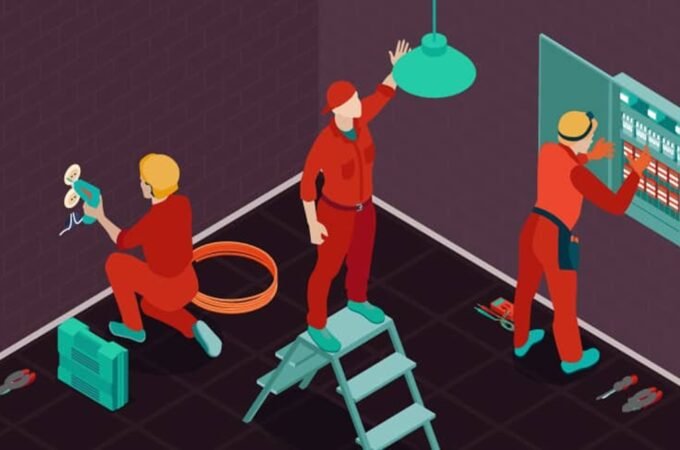
Solar Power Billing System Explained (A Must Read for Beginners)
Have you decided to make the switch to solar power, or are you already seriously considering it? If so, then congratulations on making a big decision that will help the environment. You may be surprised to find, though, that going solar doesn’t mean you’ll stop receiving a utility bill.
It’s true. Depending on how you acquired your solar energy system, you’ll still be getting at least one bill each month, and it doesn’t have anything to do with solar panel repair or maintenance, since solar panels are quite resistant. That said, here’s how the solar power billing system works, as well as other important information you need to know.
Solar Financing Options
You don’t always have to pay for your solar system with cash up-front. You could choose to finance it through a solar loan. Otherwise, you can make the switch to solar energy through leasing, or a Power Purchase Agreement (PPA). In these cases, a third party will own the solar panel system that’s going to be installed, instead of you outright owning it.
How Solar Billing Works
If you bought your solar power system outright with cash, you can rest easy. The only solar bill you’ll receive is a monthly statement from your chosen solar provider – the installer you bought the system from – telling you how much energy your system produced in a month. On the other hand, getting a solar power system through financing, a lease or a PPA means you can expect a solar bill each month.
A solar loan, as the name implies, is similar to home improvement loans or auto loans. You borrow the money from a creditor – usually a third party, but sometimes a solar company will offer loans, too. What you pay each month stays roughly the same and this goes on for the entire period of the loan until you pay back the whole amount plus interest.
Deciding to lease the solar panel system or sign a PPA also leads to you paying a predetermined amount to a third party each month.
With solar leasing, your bills will be consistent and you’ll pay the solar company a predetermined rate. Usually this is found using how much power your solar system is estimated to produce over its lifetime. With a PPA, your solar bill will depend on the actual power your system generated, meaning your monthly payment will vary each time.
You’ll still be receiving a utility bill each month, but only for the kilowatt-hours (kWh) from the grid that you actually use. Most solar panels are still connected to a local utility grid, and – unfortunately – your system may not be generating enough power to cover all your electricity needs. This means property owners who opted for a lease or PPA will be paying a separate fee to their utility company.
The good news is, you’re still saving on your utility bill each month, and you’ll be able to compare how much energy your solar power system generated to how much power you used from the utility grid.





